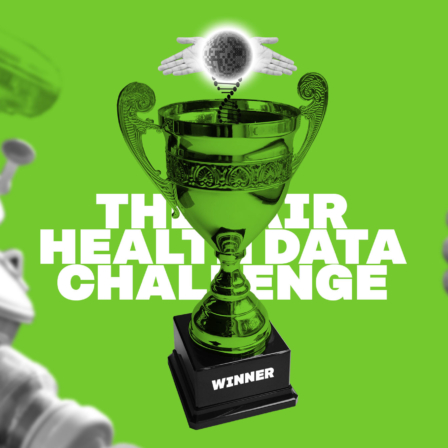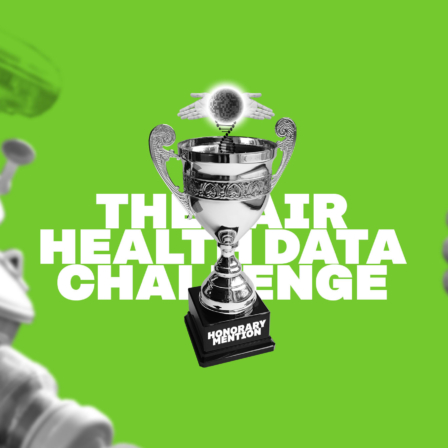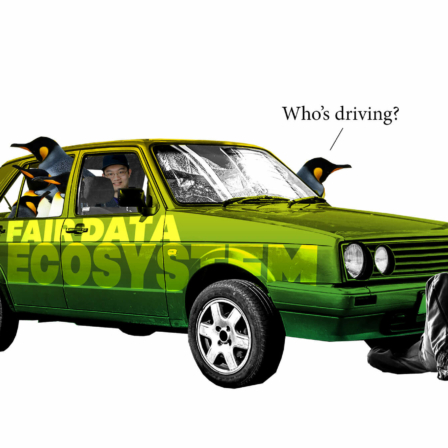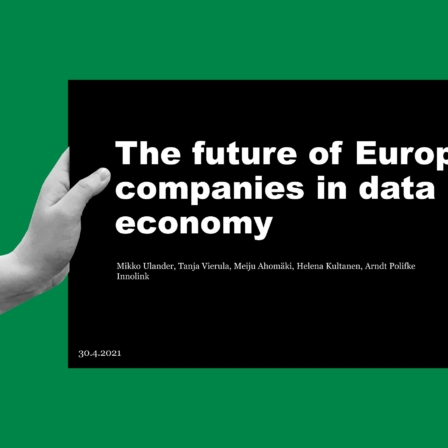This October we participated in the Dash design hackathon, the biggest design hackathon in Europe. The hype around Dash was big and we were eager to get our hands dirty with the challenges. No one in our team had a clear idea of what we would be working on during the weekend or what the end product would be like. What we did know was that we would be a part of a multidisciplinary team of designers, developers and specialists from different fields.
Our track was Hack the healthcare and there was some information about the topic available – we would be creating solutions for the new healthcare system in Finland after the ongoing “sote” reform (social welfare and healthcare reform). The solution should concentrate on the freedom of choice patients will have in the new system. We were also told to concentrate on how public healthcare could better serve its customers.
“No one really has any idea what the healthcare system after the sote reform will actually look like.”
The tricky thing was that no one really has any idea what the healthcare system after the sote reform will actually look like. So, we started from zero and consulted the healthcare experts and tutors as frequently as possible.
What can be done in less than 36 hours?
By the first night of the hackathon, we had collected a host of problems to tackle, some of which were too tricky or complicated to solve, and some too abstract to tackle in a weekend. We bounced around many different issues: the difficulty of getting an appointment, long waiting times, doctors moving to the private sector and the complicated process for selecting the best clinic.
Quite frequently we found ourselves in a dead end as some problems turned out to be too tricky to tackle in less than 36 hours. The first day turned into a late night and some of us headed home to get some sleep.
Those of us who stayed on a bit later started discussing one of the possible directions we had discussed briefly earlier. The main idea was to provide follow-up care to patients, because public healthcare does not currently provide that kind of service.
We agreed that by no means was this enough – we needed to be able to provide something more. Earlier that day, half of our team had come up with the idea of rating doctors and hospitals based on data collection. After bouncing thoughts around for a while, it became clear to us that the two ideas are actually profoundly connected.
“It made a lot of sense when it was said out loud.”
By providing follow-up care to patients and asking about their health, medication, possible side effects and experience of the appointment, we can use that data to create a hospital rating tool. It made a lot of sense when it was said out loud. By providing follow-up care, we are taking better care of the patients and delivering more comprehensive treatment. And by gathering all this follow-up data, we are able to create a ranking tool for patients to support their freedom of choice.
Making trends and phenomena visible
The ranking system would combine data from patient check-ups and data from hospitals, such as information on average waiting times. All this information would be collected to make the ranking as efficient for the patient as possible.
By using our ranking, the patient would be able to select the most suitable caregiver based on clinic opening hours, distance, overall rating, waiting times for both making an appointment and for treatment, and patient reviews. We would provide a tool that supports the patient’s freedom of choice and enables the patient to make a well-informed choice.
“We would provide a tool that supports the patient’s freedom of choice and enables the patient to make a well-informed choice.”
Nevertheless, the patient or customer point of view would only be half of our solution. While we would be collecting data from the customers and patients and using that data to rank clinics, there would be another valuable use for the data, too. We want to provide all the collected data to the clinic managers, hospital administration and government officials.
By collecting huge amounts of data directly from the patients, clinic managers and the Finnish healthcare system would be able to get a valuable insight into the state of the healthcare system. The data would provide an insight even from a grass-roots level. This data could be used to detect trends and phenomena from individual clinics, all the way from the municipal level to the Finnish healthcare system as a whole.
The statistics derived from the data would help decision-making, optimising financial assets and detecting the most crucial issues to tackle first. Aggregating data about every appointment has never been done before. We discussed our ideas with the mentors and healthcare experts and they confirmed our idea was viable. This kind of information collection would be possible – but not easy.
“This is something I would describe as a win-win situation”
Our concept ended up being a way of potentially providing the right tools for better management of the entire Finnish healthcare system. The result of using these tools would be the optimised use of resources available and an ability to tackle problems like waiting times and doctors leaving for the private sector. Solving these problems would enhance customer satisfaction and result in the public healthcare sector being more competitive against the private sector.
“We believe data-driven decision-making is the only way to go.”
And the data to carry out all this comes from patient follow-up care, which is designed to take better care of the patients. This is something I would describe as a win-win situation. It all starts from the desire to provide better care, but the actual value is the management tool based on data collection.
The Finnish healthcare system will probably face new kinds of issues after the sote reform, even the sorts of problems no one has been able to predict up to this point. To make the new system successful, we believe data-driven decision-making is the only way to go.
Written by: Nina Lukin, Richard Topchii, Aleksander Romanov, Mariia Orlova

















Recommended
Have some more.